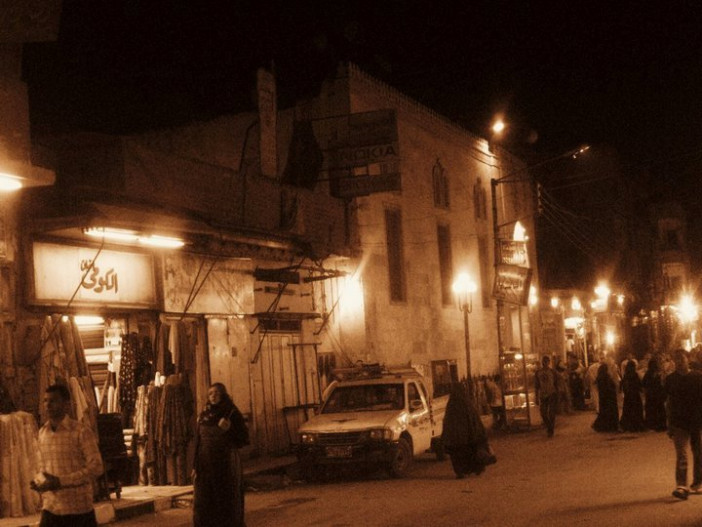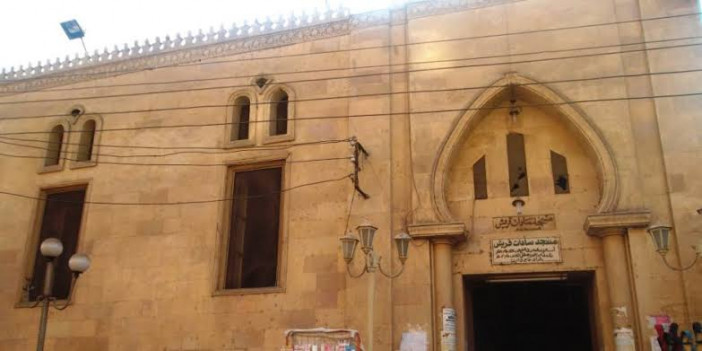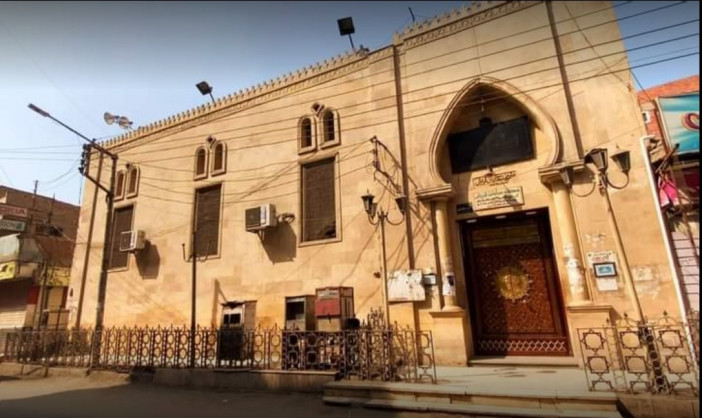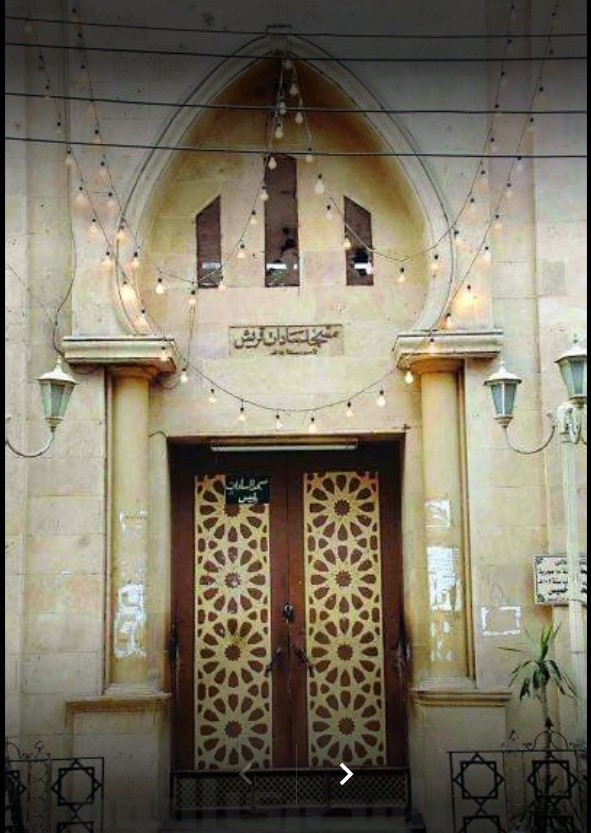Sadat Quraish Mosque
History
The mosque of "Sadat Quraish" in Sharqia Governorate is the first mosque to be built in Egypt, making it older than the mosque of Amr bin Al-As in al-Fustat city and Al-Rahma Mosque in Alexandria. Amr bin Al-As built the mosque during the Islamic conquest of Egypt in the year 18 Hijri. However, according to other accounts, Al Nejashi Mosque in Abyssinia, which was built by the Companions when they went to that country in 613, is the earliest mosque in Africa.
A vision Sayyidah Zaynab, the daughter of Imam Ali, saw when she was in Medina following the Battle of Karbala stated that the Messenger of God had instructed them to transfer Ahl al-Bayt to Egypt. As a result, they received a warm welcome from the residents of Bilbeis and spent a full month there.
When the Abbasid Caliph Al-Ma'mun traveled to Egypt to restore order following Bashmurian uprisings against the Abbasid ruler Isa bin Mansour, he stayed there for 40 days. The mosque was restored on Caliph Al-orders, Ma'mun's which is why it was briefly referred to as the Al-Ma'mun Mosque.
The Sadat Quraish mosque has been established about and is listed as one of the Islamic antiquities in Ministerial Decree No. 10357 from the year 1951 in Eastern. Because of fears that it would collapse in the 1970s, the top portion of the minaret was removed.
Urban and Architectural
The square area of the mosque is approximately three thousand square meters, and it has 18 marble columns arranged in three rows and divided into four arches parallel to the Qibla walls. The columns' crowns have various shapes, indicating that they were inspired by various Roman and Ancient Egyptian temples. The mosque was refurbished in the Ottoman era by the Emir of Egypt, Al-Kashif, who erected the minaret.
Description
In recognition of the Muslim Companions of the Islamic prophet Muhammad who died in the battle against the Romans in Belbis, where about 120 Companions were fighting, 20–40 of them were martyred and buried inside or close to the mosque, it was given the name Sadat Quraish, or the Lords of the Quraysh tribe.
References
https://web.archive.org/web/20210621190050/https://www.alittihad.ae/article/33408/2017/%C2%AB%D8%B3%D8%A7%D8%AF%D8%A7%D8%AA-%D9%82%D8%B1%D9%8A%D8%B4%C2%BB-%D8%A3%D9%88%D9%84-%D9%85%D8%B3%D8%AC%D8%AF-%D9%81%D9%8A-%D9%85%D8%B5%D8%B1-%D9%88%D8%A3%D9%81%D8%B1%D9%8A%D9%82%D9%8A%D8%A7
Details
Location
Bilbeis, Egypt
Owners
Amr bin Al-As
Year of Build
18 AH 639 CE
Drawings
Map
History
The mosque of "Sadat Quraish" in Sharqia Governorate is the first mosque to be built in Egypt, making it older than the mosque of Amr bin Al-As in al-Fustat city and Al-Rahma Mosque in Alexandria. Amr bin Al-As built the mosque during the Islamic conquest of Egypt in the year 18 Hijri. However, according to other accounts, Al Nejashi Mosque in Abyssinia, which was built by the Companions when they went to that country in 613, is the earliest mosque in Africa.
A vision Sayyidah Zaynab, the daughter of Imam Ali, saw when she was in Medina following the Battle of Karbala stated that the Messenger of God had instructed them to transfer Ahl al-Bayt to Egypt. As a result, they received a warm welcome from the residents of Bilbeis and spent a full month there.
When the Abbasid Caliph Al-Ma'mun traveled to Egypt to restore order following Bashmurian uprisings against the Abbasid ruler Isa bin Mansour, he stayed there for 40 days. The mosque was restored on Caliph Al-orders, Ma'mun's which is why it was briefly referred to as the Al-Ma'mun Mosque.
The Sadat Quraish mosque has been established about and is listed as one of the Islamic antiquities in Ministerial Decree No. 10357 from the year 1951 in Eastern. Because of fears that it would collapse in the 1970s, the top portion of the minaret was removed.
Urban and Architectural
The square area of the mosque is approximately three thousand square meters, and it has 18 marble columns arranged in three rows and divided into four arches parallel to the Qibla walls. The columns' crowns have various shapes, indicating that they were inspired by various Roman and Ancient Egyptian temples. The mosque was refurbished in the Ottoman era by the Emir of Egypt, Al-Kashif, who erected the minaret.
Description
In recognition of the Muslim Companions of the Islamic prophet Muhammad who died in the battle against the Romans in Belbis, where about 120 Companions were fighting, 20–40 of them were martyred and buried inside or close to the mosque, it was given the name Sadat Quraish, or the Lords of the Quraysh tribe.









